Central Processing Unit (CPU) is a critical component of any high performance computing machine and is used for highly demanding tasks such as creative production, machine learning, cryptocurrency mining and to render computer graphics for video games. But with great power comes the need for effective cooling, and therefore CPU cooling is a critical aspect that directly impacts the system performance and longevity. Its main goal is to maintain optimal operating temperatures to prevent overheating, which can otherwise lead to performance throttling, instability, and even permanent damage to the CPU.
Sirocco-type cooling fans integrated with heatsinks have been identified to be very suitable for this purpose, but they have their unique design challenges:
- Forward curved blades are highly loaded which can lead to flow separations
- Incorrect leading edge blade angle can result in high incidence losses
- Extremely small blade height means significant tip leakage effects
- All this impacts efficiency and increases fan power consumption
The main reason for this is the extreme compactness required which leads to very small highly loaded blades with relatively large tip gaps.
Design of Fans
The fan design process generally starts with the chart shown in Figure 1 which provides the relationship between speed number and diameter number as experimentally found by Cordier. This relationship, which is called Cordier-line in the literature, represents sort of “optimum” fans with high efficiency, and so there is a relationship between the speed number or diameter number and the type of fan to be used, whether axial, diagonal or radial, in order to obtain high efficiencies.
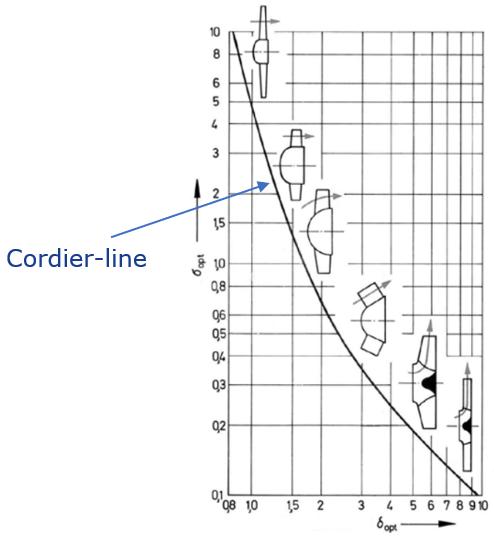
Figure 1: Cordier-diagram for axial, diagonal and radial fans
From the required speed number, we can identify the main flow phenomena and loss mechanisms dominant in that particular range. For example, incidence losses and flow separation usually take priority when it comes to Sirocco-type CPU cooling fans which is the topic of this study. From this information, we can use design tools and 3D CFD analysis to investigate our fan designs, and what follows are a set of principal design guidelines based on the fluid dynamics considerations of reducing dominant flow losses for a given fan.
Meanline Design
Following are the specifications that are used to design the CPU fan:
- Sirocco-type (forward curved impeller with volute)
- Static pressure rise: 72 Pa
- Rotational speed: 6800 rpm
- Flow rate: 0.00118 m3/s
Using our meanline code TURBOdesign Pre, it is very easy to enter the given specs and verify that it sits near the Cordier line, and then it quickly generates the meridional shape of the CPU fan stage in less than a second. As Figure 2 shows, it also provides a detailed report including the estimated stage performance and some important dimensions, as well as the required rVt* for the impeller. And this rVt* value is equivalent to the work coefficient and will be used for the 3D inverse design of the impeller wheel in the next section.
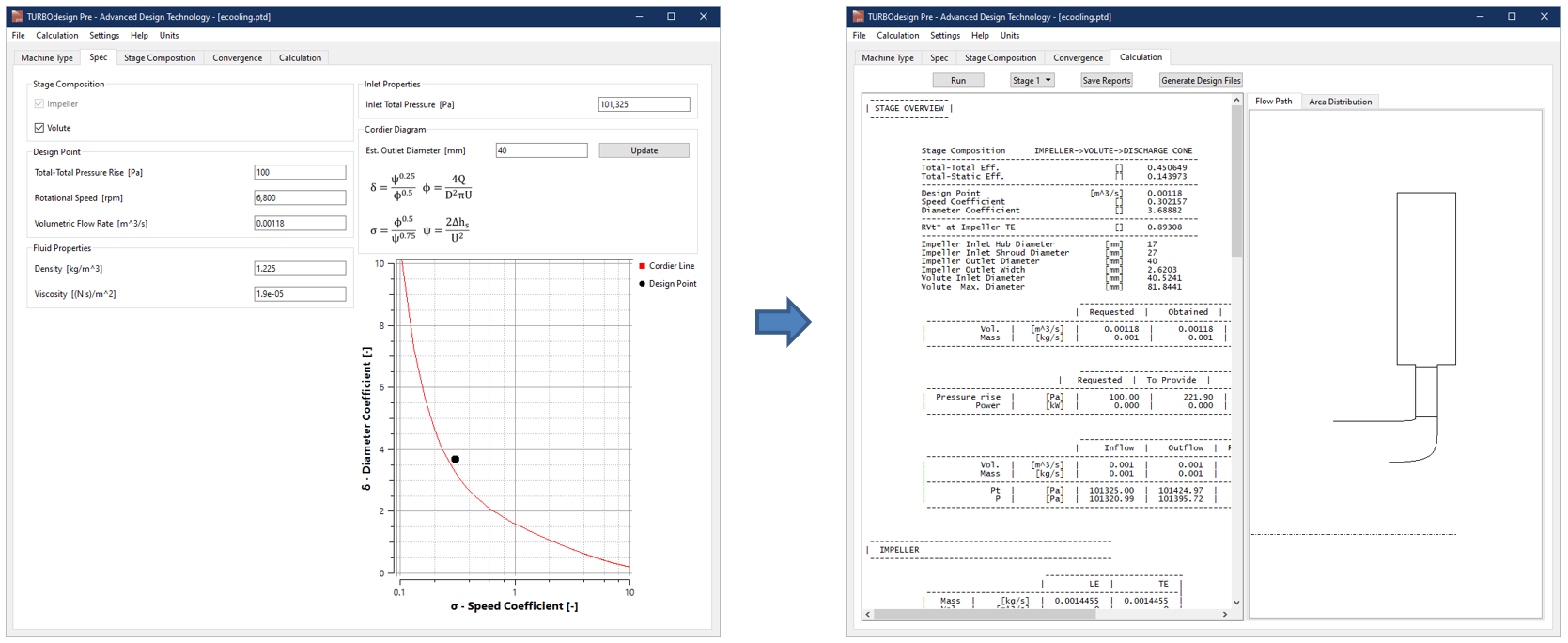
Figure 2: Meanline design of CPU cooling fan stage in TURBOdesign Pre
3D Blade Design
Figure 3 presents the setup for the baseline impeller, and the meridional design and other settings come from the meanline code as we saw earlier. It is also possible to specify your own custom thickness profiles which is very easy to impose as part of your inverse design process in TURBOdesign1, and is ultimately very important for structural considerations. The spanwise work distribution is free vortex, and so it has a constant value from hub to shroud. The default loading distribution is mid-loaded, and then these inputs result in this 3D geometry of the baseline impeller wheel as shown, along with some 2D plots such as the static pressure distribution on the blade surface.
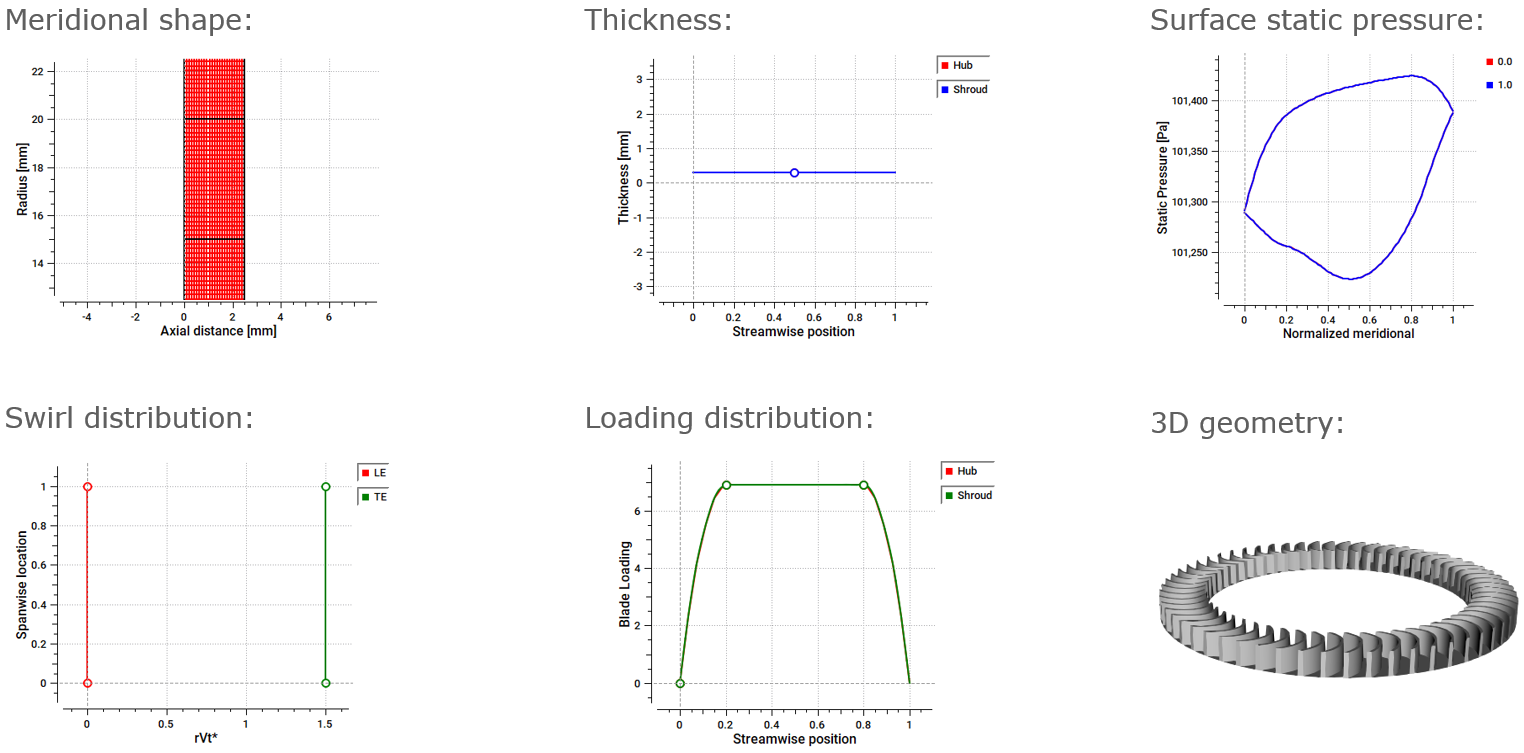
Figure 3: 3D blade design of CPU cooling fan impeller wheel in TURBOdesign1
Software Demo - Design of CPU Cooling Fan Impeller Wheel with 3D Inverse Design
Volute Design
The meanline code also generates a volute report, and this information is used by TURBOdesign Volute to design the volute for the CPU fan. As shown in Figure 4, along with the main dimensions, it is also possible to define the cross-section shapes at the entry, duct and inlet which are selected as rectangular with rounded corners which is commonly seen in these fans. The most important input is the boundary condition at the volute inlet, that is, the radial and tangential velocity components, because then TURBOdesign Volute runs a 2D inverse design code to give the optimum cross-section area distribution for the given flow conditions at the impeller wheel exit.
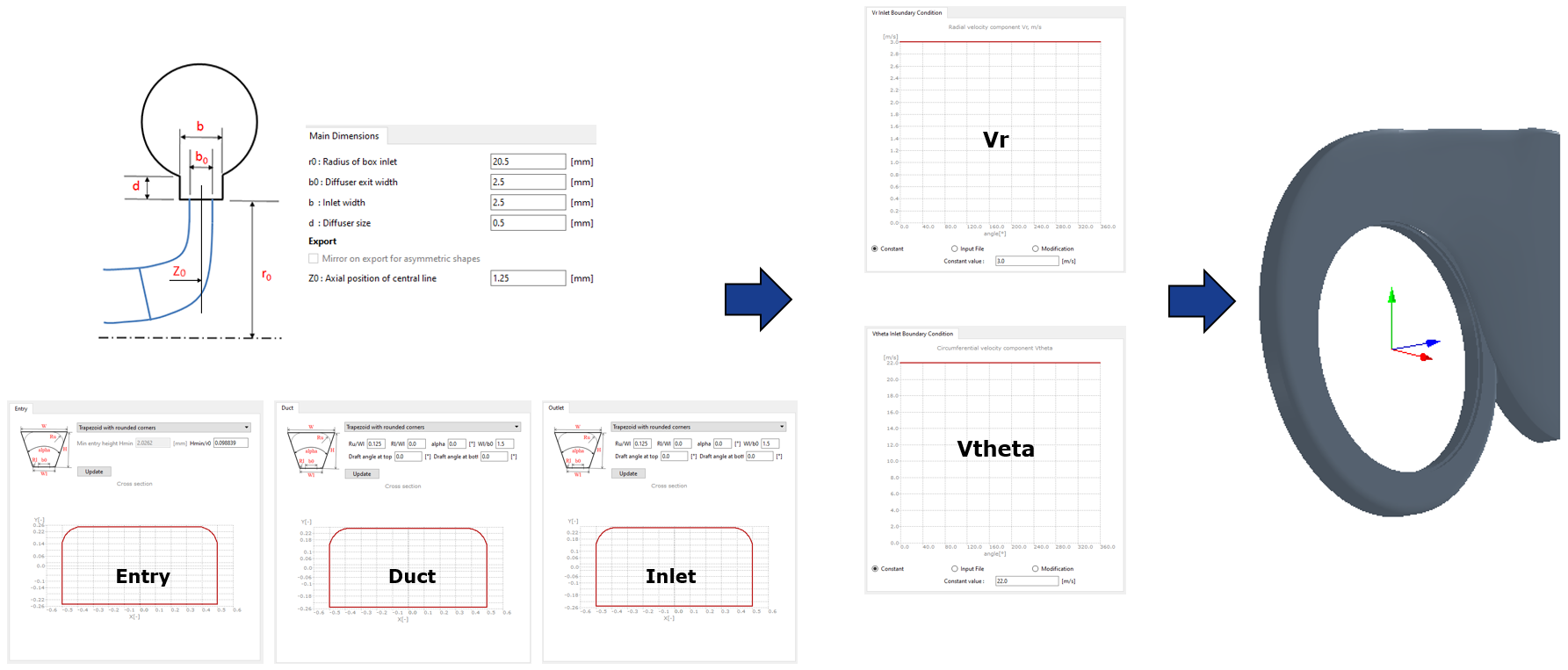
Figure 4: CPU cooling fan volute design using TURBOdesign Volute
Software Demo - CPU Cooling Fan Volute Design with TURBOdesign Volute
Baseline Fan – CFD Setup
Once all the components of the CPU cooling fan are ready, a stage CFD analysis is run to check the actual performance. As Figure 5 shows, ANSYS TurboGrid is used for the fully structured grid of the impeller wheel, ANSYS Mesh for the hybrid mesh of the volute, and CFX for the flow analysis. Following are the different CFD settings where the boundary conditions are chosen to match the inlet and outlet conditions in TURBOdesign Pre. It may be noted that a relatively large tip clearance is used which is commonly observed in these fans:
- P01, T01 = 1 bar, 300 K
- m2 = 0.0014456 kg/s
- Tip clearance = 0.3 mm (~12% of blade height)
- Impeller-volute interface = frozen rotor
- Turbulence model = k-omega SST
- Total mesh size ≈ 14 M
- Average blade y+ < 1
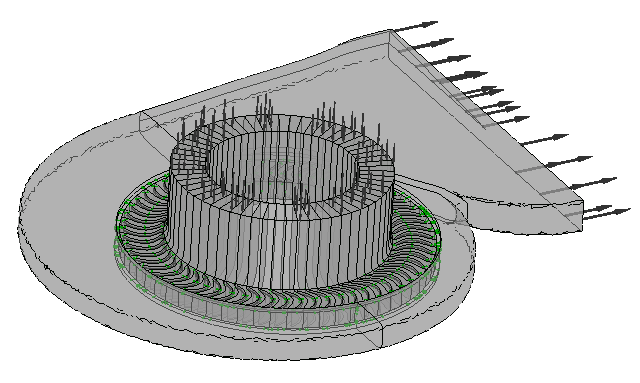
Figure 5: CPU cooling fan stage CFD setup
Baseline Fan – Results
Figure 6 presents the different results for the baseline design. First there are the TURBOdesign1 performance parameters where we can see that the diffusion ratio is quite high. We also have the stage CFD results and clearly both total-to-static efficiency and pressure rise levels are low, and the static pressure rise is also much lower compared to the target value of 72 Pa. A clear reason is the negative incidence at the blade leading edge resulting in a massive flow separation on the pressure side, and the high diffusion also leads to another separation on the suction side. Furthermore, this non-uniform flow from the impeller leads to some big low energy zones in the volute as well, and so clearly there is a scope for improvement in performance.

Figure 6: Pressure rise, efficiency and blade-to-blade flow vectors of baseline CPU cooling fan
In the second part of this article, we show how the stage efficiency can be improved and the pressure rise target can be achieved through the application of automatic optimization on the baseline impeller.
Geet Nautiyal
Geet Nautiyal is a Turbomachinery Application Engineer at Advanced Design Technology, focusing on design, marketing and customer support aspects.
View All Articles



Share This Post